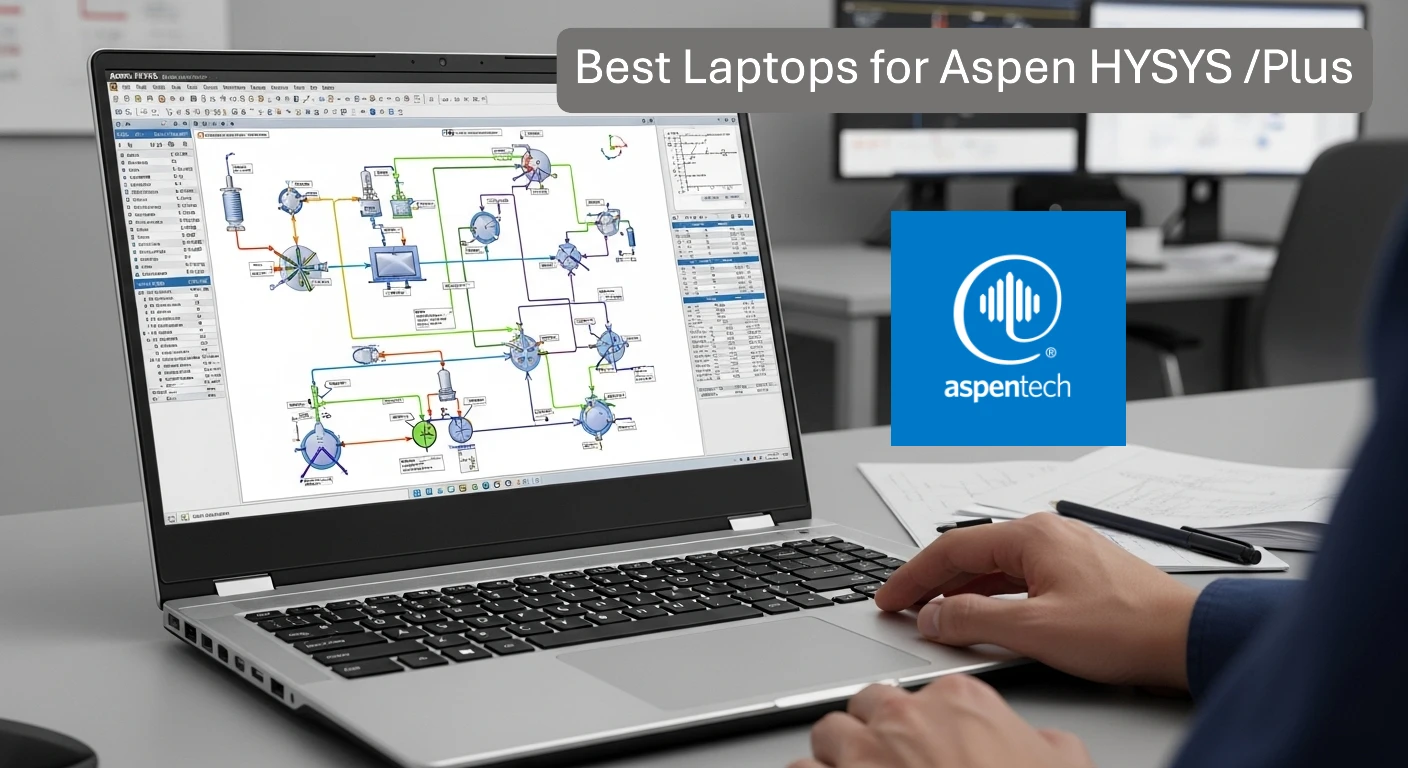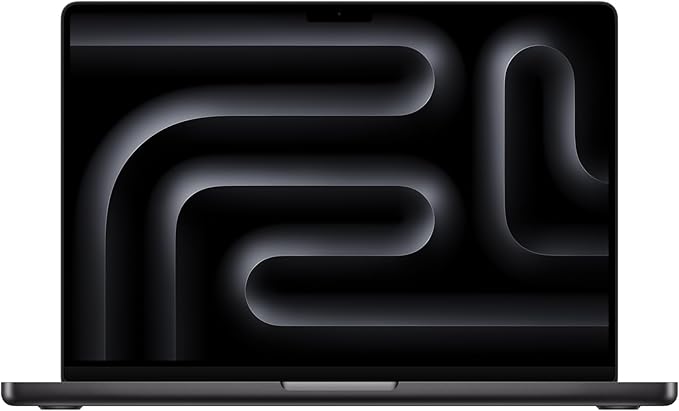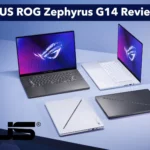If you’ve ever tried running Aspen HYSYS or Aspen Plus on a slow computer, you already know the frustration: lagging simulations, long calculation times, and the occasional system freeze. These process simulation tools are memory-hungry, CPU-intensive, and they need a machine that’s built for serious engineering work.
In this guide, I’ll walk you through the best laptops in 2025 for Aspen HYSYS and Aspen Plus. I’ve kept it simple, practical, and straight to the point — no confusing jargon, just clear advice that helps you pick the right workstation. Whether you’re an engineering student or a professional handling complex plant models, this list has something for you.
See also: Best Laptops for Chemical Engineering Students
What Makes a Laptop Good for Aspen HYSYS?
Aspen software is validated mainly for Windows, so first things first: stick to Windows laptops unless you want the hassle of running a virtual machine on a Mac.
Here are the specs that really matter:
- CPU: Go for a modern Intel Core i7/i9 HX series, AMD Ryzen 9, or mobile Xeon. More cores = smoother multi-tasking.
- RAM: 16 GB is bare minimum. 32 GB is the sweet spot. Heavy simulations? 64–128 GB is where you’ll need to be.
- Storage: Fast NVMe SSDs (at least 1 TB). Large simulations create big temporary files.
- GPU: Not critical for calculations, but a dedicated NVIDIA GPU (RTX A-series or GeForce RTX) helps with visualization and keeps things snappy.
- Cooling: Simulation runs can last hours. A workstation with strong thermals will perform much better than an ultra-thin laptop.
Best Laptops for Aspen HYSYS and Aspen Plus
Here’s a breakdown of the top picks in 2025, with their strengths and weaknesses:
1. Dell Precision 7680 / 7780 — The Powerhouse
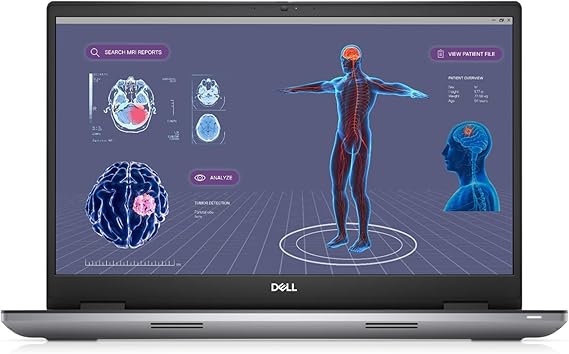
Why it’s great: Dell’s Precision line is built for engineers. These laptops can be configured with Intel Core i9 or even mobile Xeon CPUs, up to 128 GB of RAM, and workstation GPUs like the NVIDIA RTX A-series. If you need serious horsepower, this is the safest bet.
Key Specs:
- CPU: Intel Core i9-13950HX / Xeon options
- RAM: Up to 128 GB
- Storage: Up to 4 TB NVMe
- GPU: NVIDIA RTX A-series or RTX 4000 Ada
Pros:
- Huge RAM and storage capacity
- Reliable performance for long simulations
- ISV certification for engineering software
Cons:
- Bulky and heavy
- Pricey at higher configs
2. Lenovo ThinkPad P Series — Portable but Professional
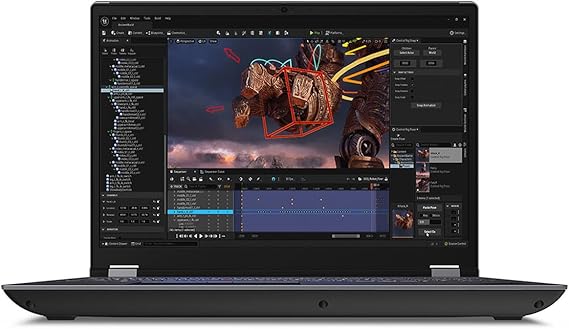
Why it’s great: ThinkPads are trusted in engineering offices worldwide. The P-series balances performance and portability, with options for Intel or AMD CPUs, professional GPUs, and excellent build quality. It’s lighter than the Dell Precision but still strong enough for most simulation work.
Key Specs:
- CPU: AMD Ryzen AI 9 or Intel Core Ultra
- RAM: Up to 96 GB
- Storage: NVMe SSD (upgradeable)
- GPU: NVIDIA RTX (workstation or GeForce, depending on model)
Pros:
- Reliable and durable design
- Excellent keyboard for long hours of work
- Business-class security and support
Cons:
- Not as powerful as the heaviest workstations
- Premium price for top models
3. HP ZBook Fury 16 — Workstation Without Compromise
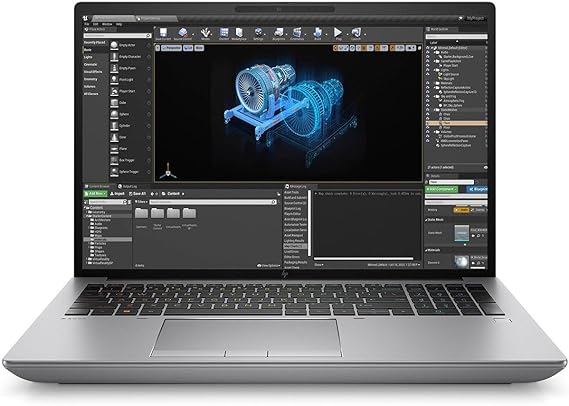
Why it’s great: The ZBook Fury is HP’s answer to Dell’s Precision. With support for 128 GB RAM, high-end Intel i9 or Xeon CPUs, and excellent cooling, it’s designed for engineers who want maximum performance without being tied to a desktop.
Key Specs:
- CPU: Intel Core i9 / Xeon
- RAM: Up to 128 GB
- Storage: Multiple NVMe slots
- GPU: NVIDIA RTX A-series
Pros:
- Exceptional thermal performance
- Plenty of expansion options
- High-quality display options (up to 4K)
Cons:
- Heavy to carry daily
- Shorter battery life compared to slimmer laptops
4. ASUS ProArt Studiobook 16 — For Engineers and Creatives
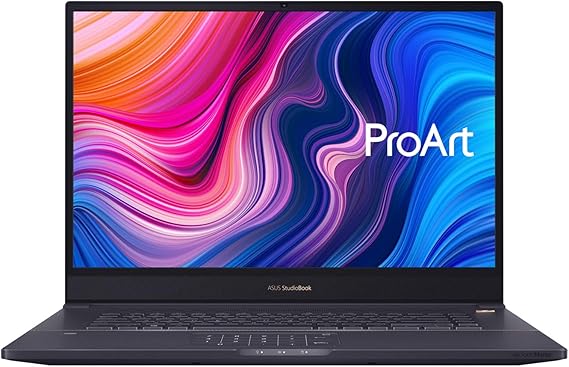
Why it’s great: The ProArt Studiobook series combines raw performance with stunning OLED displays. While it’s marketed at creators, the hardware — powerful Intel or AMD CPUs, RTX GPUs, and up to 64 GB RAM — makes it a very capable Aspen machine.
Key Specs:
- CPU: Intel Core i9 / AMD Ryzen AI 9
- RAM: Up to 64 GB
- Storage: Up to 8 TB NVMe
- GPU: NVIDIA RTX 4070/4080
Pros:
- Gorgeous, color-accurate OLED screen
- Compact for the power it delivers
- Strong balance of CPU and GPU
Cons:
- Limited expandability compared to bigger workstations
- OLED screen can drain battery faster
5. Razer Blade 16 — Gaming Muscle Meets Engineering
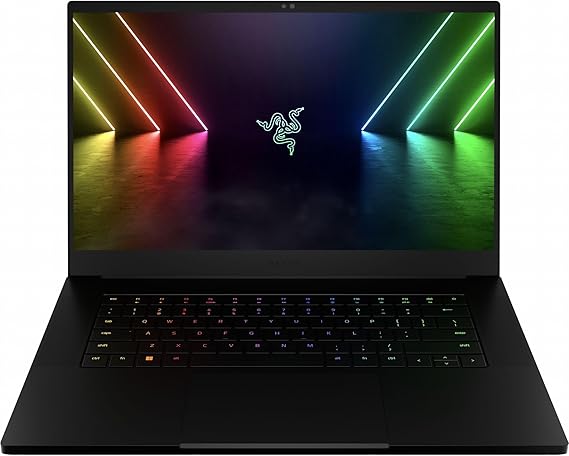
Why it’s great: The Blade 16 is a gaming laptop first, but with its top-tier CPUs and NVIDIA RTX GPUs, it can easily double as a workstation. If you want something stylish yet powerful, this is a solid choice. Just don’t expect the same cooling headroom as a bulkier workstation.
Key Specs:
- CPU: Intel Core i9 (latest HX series)
- RAM: Up to 64 GB
- Storage: Up to 8 TB SSD
- GPU: NVIDIA RTX 4080 / 4090
Pros:
- Slim, premium design
- Extremely powerful GPU and CPU
- Great display options (Mini-LED, high refresh)
Cons:
- Runs hotter under heavy loads
- More expensive compared to workstations with similar specs
Quick Comparison Table
| Laptop | Max RAM | Storage | Best For | Downsides |
|---|---|---|---|---|
| Dell Precision 7680/7780 | 128 GB | 4 TB | Heavy simulations | Bulky, expensive |
| Lenovo ThinkPad P Series | 96 GB | NVMe SSD | Portability + reliability | Less powerful at max load |
| HP ZBook Fury 16 | 128 GB | Multi-NVMe | Sustained heavy use | Heavy, limited battery |
| ASUS ProArt Studiobook 16 | 64 GB | 8 TB | Balance of power + display | Less expandable |
| Razer Blade 16 | 64 GB | 8 TB | Stylish, all-round power | Thermal limits |
Final Thoughts
If your goal is raw, no-limits performance, go for the Dell Precision or HP ZBook Fury — both are workstation beasts that can handle the heaviest Aspen simulations without breaking a sweat.
If you want something more portable for office and travel, the Lenovo ThinkPad P series is a smart choice. For those who also value a stunning display, the ASUS ProArt Studiobook is a great middle ground. And if you like your workstation sleek and gaming-ready, the Razer Blade 16 won’t disappoint.
Whichever way you go, just remember: prioritize RAM and CPU power first. That’s what makes Aspen HYSYS and Aspen Plus run smoothly.
Frequently Asked Questions (FAQ)
For light projects, 16 GB might get you by. But for most engineers, 32 GB is the sweet spot. If you’re running large plant models or multiple simulations at once, aim for 64 GB or more.
Not really. Aspen is mostly CPU and RAM-driven. A dedicated GPU helps with visualization, multitasking, and other software, but the main work is done by your processor and memory.
Not directly. Aspen is built and validated for Windows. The only way to run it on a Mac is through a Windows virtual machine or cloud setup — but that’s not ideal for heavy simulations.
If you want stability, expandability, and certified drivers, a workstation laptop is the best choice. But if you prefer a sleeker design and don’t mind a little thermal throttling, a gaming laptop with strong specs can also do the job.
